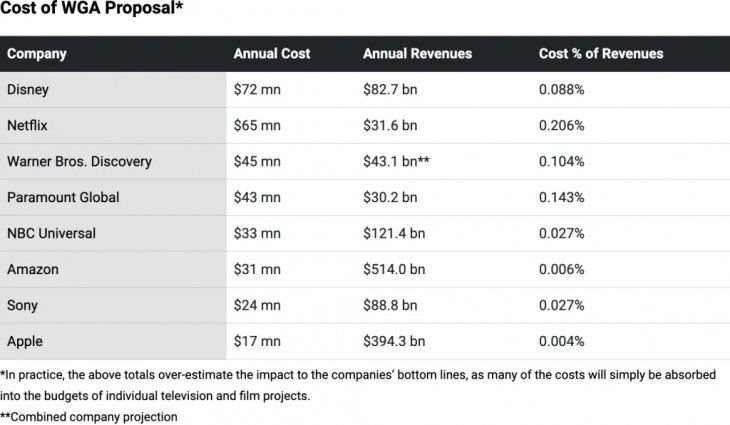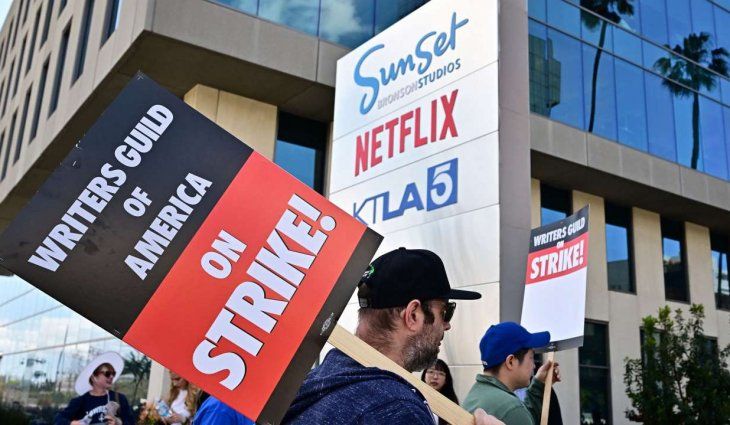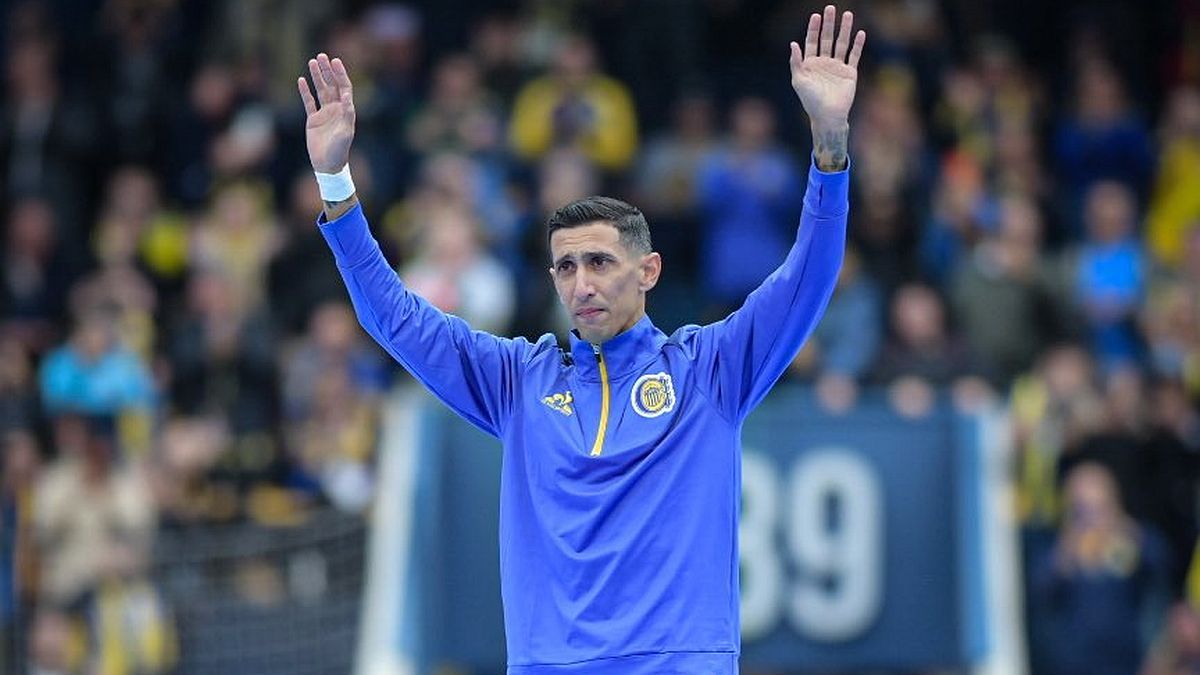“This Wednesday, The Writers Guild (WGA) contacted the Producers Association (AMPTP) and requested a meeting for the negotiations to advance,” they said on the side of the producers and added: “We have accepted and We are working to schedule a meeting next week. All companies part of the AMPTP are committed and expect to reach a fair agreement, as well as work together with the WGA to end this strike.
For its part, the writers’ union confirmed that a new meeting is being sought. “The WGA and AMPTP are in the process of scheduling a time to have a new meeting“, they communicated to their members in an email.
The last meeting between both parties was on August 18. Several CEOs of entertainment companies had a meeting with union leaders on August 22 but there has been no further communication between the two since then. The position of each side was that the others owed them a response
A glimmer of hope seemed to have arrived with active negotiations between the writers’ union and the association of major production companies, but The strike in Hollywood stalled again at the end of August. After a week at the negotiating table, the presentation of a “last offer”, which was later released to the press, by the companies again break communication channels that had opened after more than 100 days of strike.
The WGA stated that this offer “is something, but it is not nearly enough.” So far, there are no details as to when negotiations could resume.
Last Tuesday, the scriptwriters had a meeting with the head of the AMPTP as well as the CEOs of Disney, Netflix, NBCUniversal and Warner Bros. Discovery. There, the heads of the most successful companies in Hollywood told them that the counteroffer presented on August 11 would be “the first and only counteroffer.”
Given the WGA’s refusal to accept that offer, The producers decided to release the conditions to the press, something both sides had agreed not to do to keep negotiations focused. The AMPTP’s decision to take the proposal to the media fell badly among the writers, who feel that the CEOs are seeking to divide the union to pressure an agreement in their favor.
In a statement released this Thursday, the writers conceded that the companies offered something that is close, but not enough, especially in some key points such as the regulation of the Artificial intelligence and the minimum number of employees per production. “We will continue fighting for proposals that really respond to our problems and we will not accept half-hearted proposals”indicated the WGA.
By publishing your counteroffer, Carol Lombardinipresident of the AMPTP, said that the offer “responds to the problems that the writers expressed as a priority” and assured that they want to end the strike. “The measure package also includes innovative offers and unprecedented terms in areas such as Generative Artificial Intelligence, data transparency and minimum number of employees”, the producers expressed.
Strike in Hollywood: what the production companies offered and why the scriptwriters rejected it
netflix writers strike
Screenwriters’ strike in Hollywood.
Courtesy: NYT
The Hollywood production companies offered significant increases in minimum and residual salaries for reproductions in streaming: 5% the first year of the contract, 4% the second and 3.5% the third, as well as an increase in residuals from US$72,067 to US$87,546 per episode.
Even so, The openness to providing data on these reproductions continues to be a conflict. The AMPTP offered that six members of the writers’ union can study some limited data of streaming viewers over the next three years and with that negotiate the next contract renewal. If accepted, The WGA will not be able to give this information to any screenwriter let alone negotiate residuals based on data about your work.
For the first time, production companies offered a possible solution to the problem of the minimum number of employees in a writers’ room. The AMPTP proposed 10 weeks of guaranteed employment and that the showrunner can choose at least two scriptwriters to be employed for 20 weeks. This was rejected due to the “limitations and omissions” of the proposal. For example, while showrunners are common in Hollywood productions, the term can refer to both chief writers and producers so it is not clear who would make such a decision.
Originally, the WGA had required that pre-production writers’ rooms, where series are written long before a production begins, have a minimum of six to 12 writers, depending on the number of episodes to write and regulations for hiring.
At the point of use of Artificial intelligence the producers proposed to guarantee that This one will never be recognized as a screenwriter and that the material generated by this technology is not considered “literary material”, as well as that the AI will not be credited as the “original author”. Also that screenwriters who are given AI-generated source material will be informed that this is the case, will be paid as original screenwriters and They will not be forced to use AI in the writing process.
The writers considered this a good approach, but insufficient. As an example, they stated that AMPTP refuses to regulate the use of screenwriters’ work to train Artificial Intelligence create new content.
As a proof of concept, the WGA public a chart where they compare the cost of their lawsuits against the profits of the big producers.
screenwriters strike hollywood costs

The writers’ union published a table where they compare the cost of their lawsuits against the profits of the big production companies.
WGA
Source: Ambito
I am an author and journalist who has worked in the entertainment industry for over a decade. I currently work as a news editor at a major news website, and my focus is on covering the latest trends in entertainment. I also write occasional pieces for other outlets, and have authored two books about the entertainment industry.




